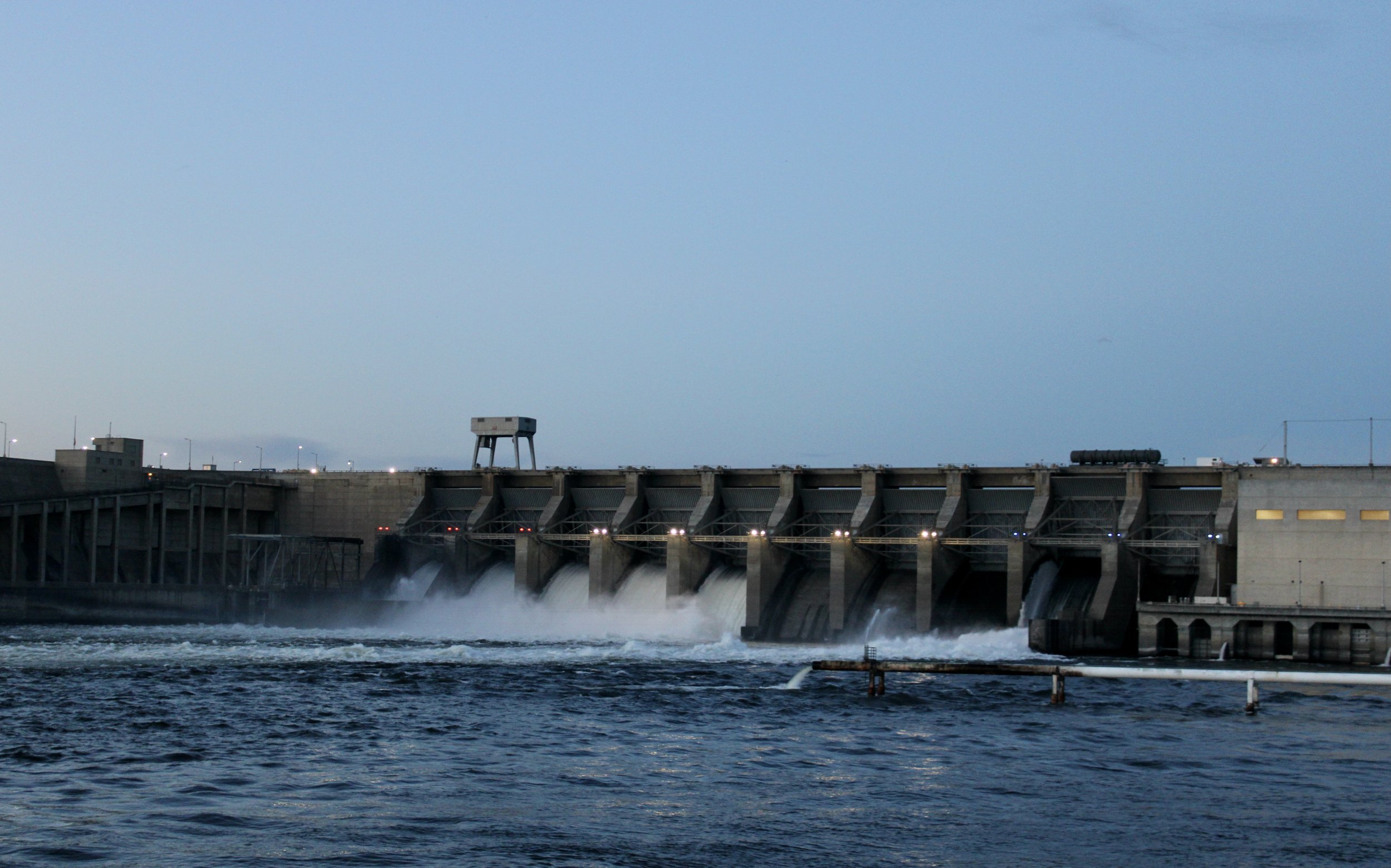UPDATE: FINAL NOAA REPORT REITERATES Breaching Lower Snake River Dams Essential
Ice Harbor Dam, the first of the four lower Snake River Dams. Photo: Daniel Ritz /Idaho Wildlife Federation
UPDATE October 3rd, 2022:
On Friday, Sept. 30th, The National Oceanic and Atmospheric Administration (NOAA) released the final report, outlining the actions NOAA Fisheries believes will be necessary to achieve the CBP’s mid-range goals for adult salmon and steelhead abundance by 2050.
The report reiterates, in no uncertain terms, “for Snake River stocks (of salmon and steelhead), the centerpiece action is restoring the lower Snake River via dam breaching.”
Tuesday - June 12th- The National Oceanic and Atmospheric Administration (NOAA), with input from and support of the U.S. Fish & Wildlife Service (USFWS) released a draft report identifying actions with the highest potential to achieve the Columbia Basin Partnership Task Force’s midrange abundance goals for the Columbia River basin’s naturally reproducing salmon and steelhead.
The draft report in no uncertain terms identifies removal of the lower Snake River dams as the key for restoring Idaho’s salmon and steelhead populations.
Providing high-level responses to eight points of contention about the science surrounding the Columbia River basin salmon and steelhead rebuilding efforts, the studies questions and responses are meant to inform the broader discussion of the socio-economic factors and resources necessary to raise salmon and steelhead stocks in the Columbia River basin to levels that are healthy and harvestable.
This analysis was performed with the goal of achieving the mid-range Columbia Basin Partnership (CBP) Task Force’s naturally produced i.e. “wild” adult salmon and steelhead abundance goals by 2050. While these goals pale in comparison to historical abundance, these mid-range abundance goals exceed ESA recovery thresholds for abundance and represent progress towards healthy and harvestable status of the fish stocks.
Key Takeaways:
Snake River spring/summer Chinook salmon and Snake River steelhead are listed along with upper Columbia River fall Chinook, upper Columbia spring Chinook and upper Columbia steelhead as the highest priority for protection and rebuilding
2. The CBP analysis found the largest threats and limiting factors to be impacts from the hydrosystem, including direct and indirect mortality, where delayed effects from transitioning the hydrosystem occur the first year of ocean residence. Hydrosystem (direct and indirect) was listed as the highest magnitude of impact for ALL snake river anadromous species. (Table 3)
3. CBP’s analysis makes it clear that a comprehensive suite of actions is essential to fully restore the Basin’s salmon and steelhead, but that there are several centerpiece actions that are paramount for specific stocks. This includes Snake River stocks, where they describe the need to restore normative river conditions and function in the lower Snake River through dam breach as essential to population recovery.
4. Achieving the Columbia Basin Partnership mid-range goals by 2050 requires urgent action. The analysis states that while 2021 offered a welcome respite but is NOT expected to reverse the overwhelming decline in stocks (i.e. the increased frequency, magnitude, duration and scope of environmental downturn.)
5. Salmon life-cycle models predict that breaching the lower Snake River dams - in combination with other fish protection measures (e.g., enhanced spill at the four lower Columbia River dams and freshwater habitat restoration) will likely achieve regional survival targets for Snake River Chinook salmon and steelhead.
This report is the first federal agency level testimony validating what the science has been clearly showing since the Northwest Energy and Conservation Council made their initial reports 30 years ago.
IWF hopes this report, along with the concurrent research done by Rep. Mike Simpson (R-ID) , Governor Inslee (WA) and Senator Patty Murray (D-WA) provokes action from regional legislators that have shown hesitancy to make statements on the breach of the lower Snake River dams due to a comprehensive federal study.
To learn more about what plans are being proposed regarding energy replacement, agricultural transportation and investments into Columbia and Snake River communities, visit the “News” tab on IdahoWildlife.Org and be sure to subscribe to receive emails with the latest news and Action Alerts.






